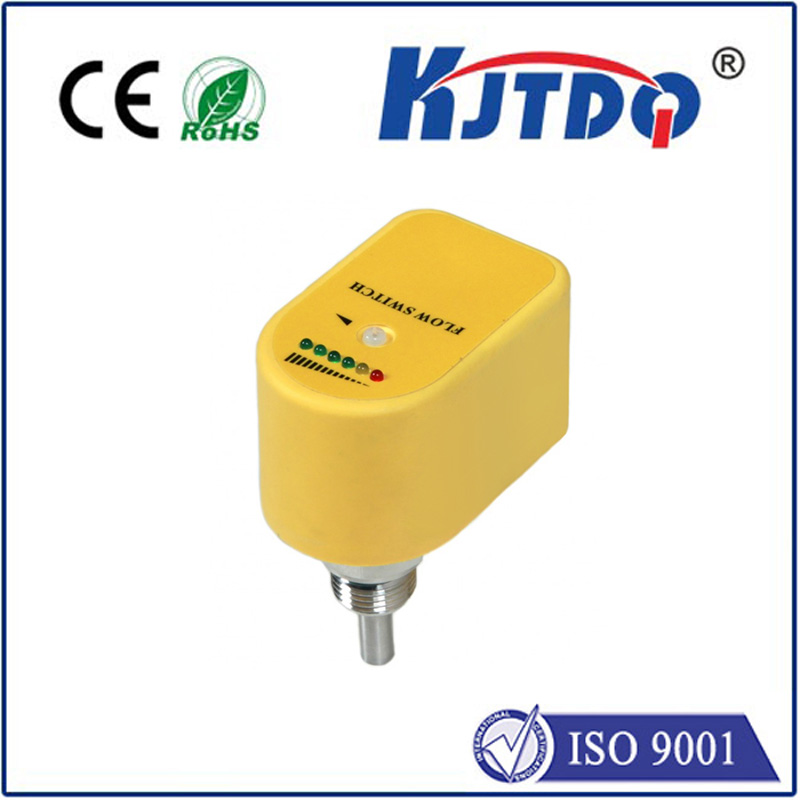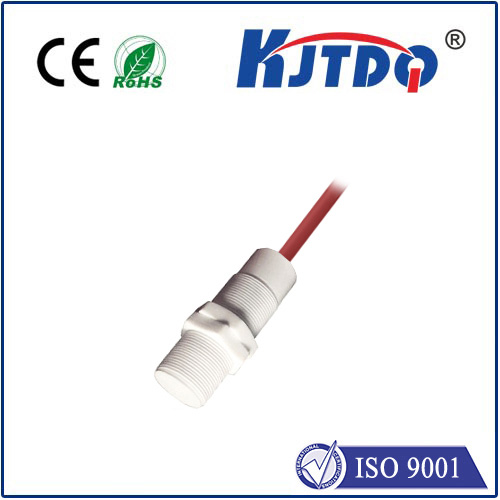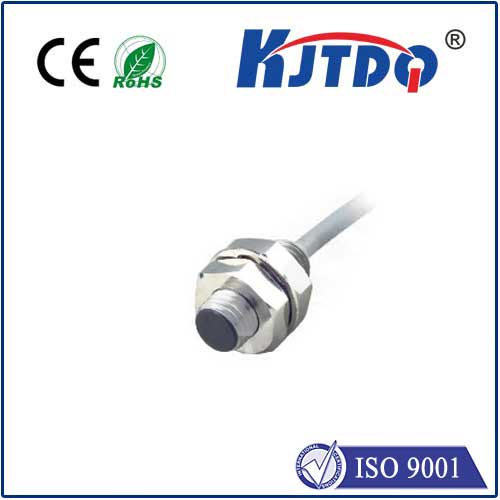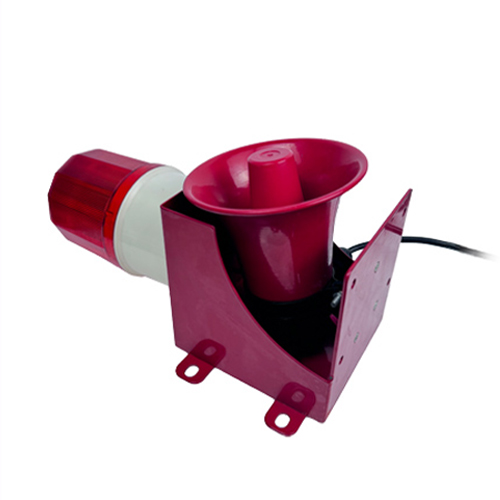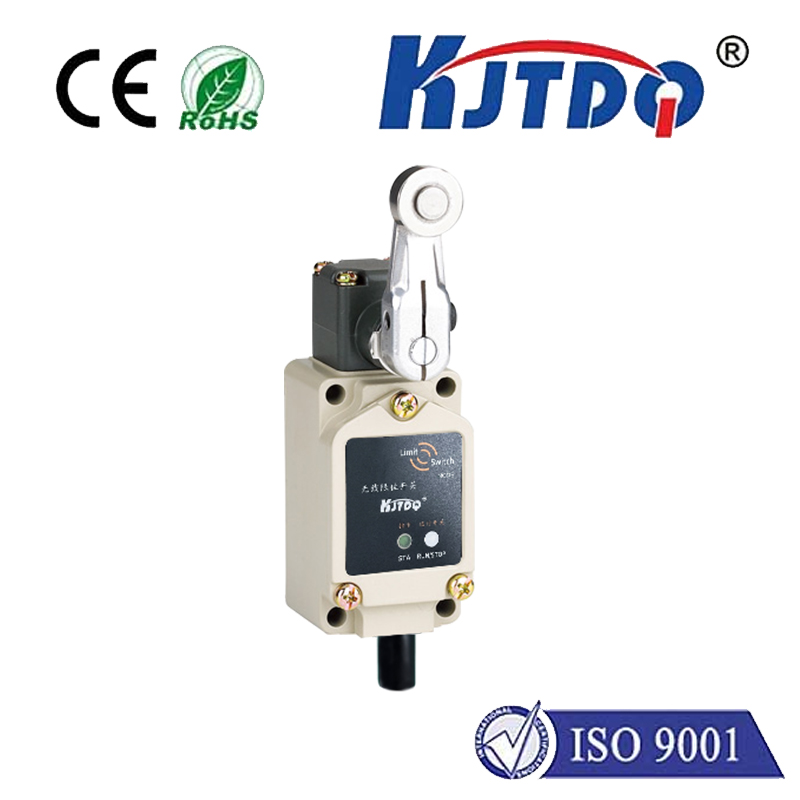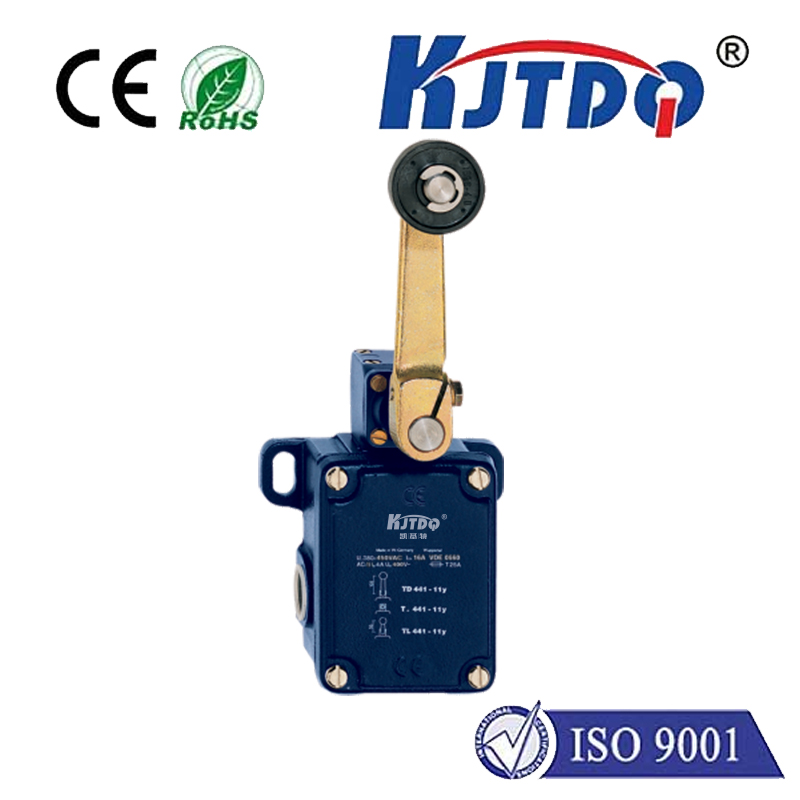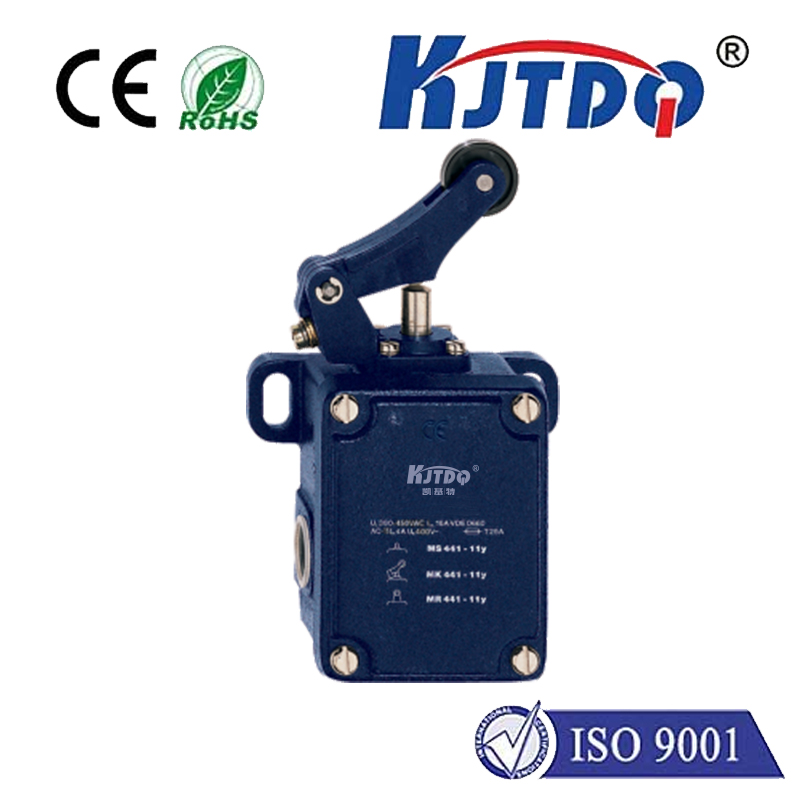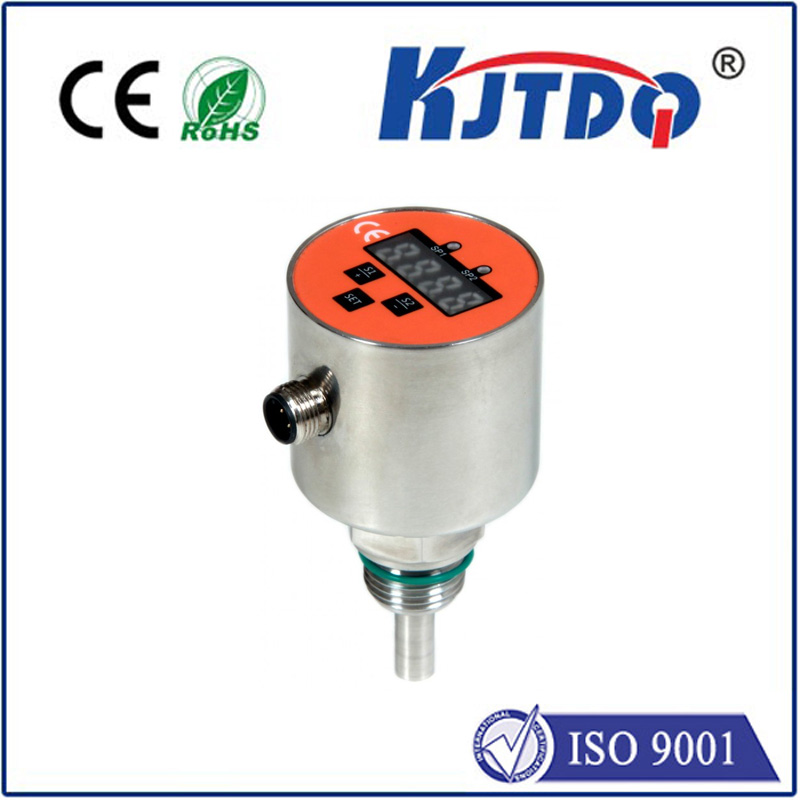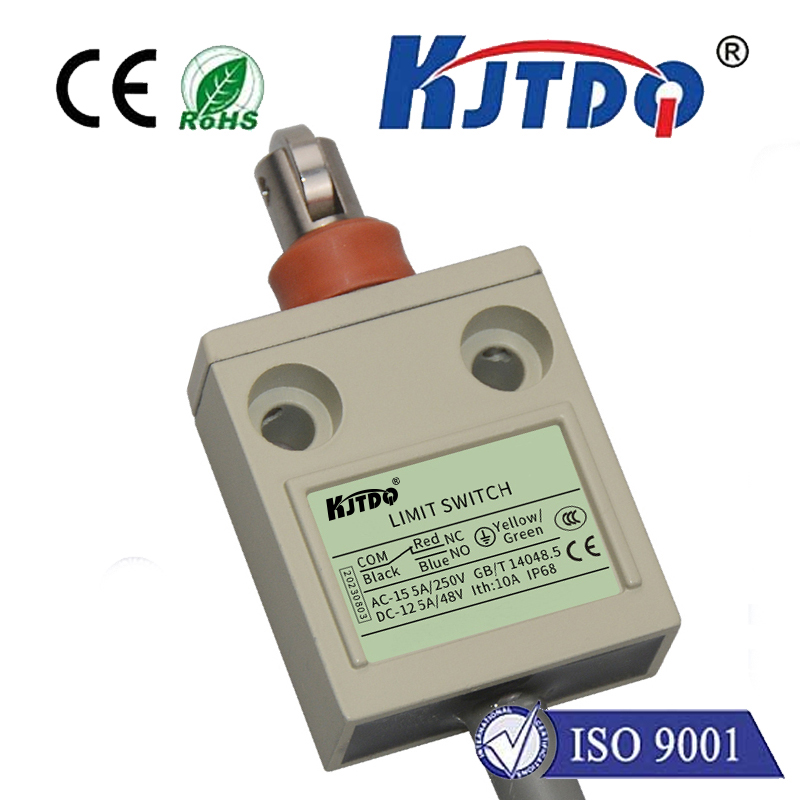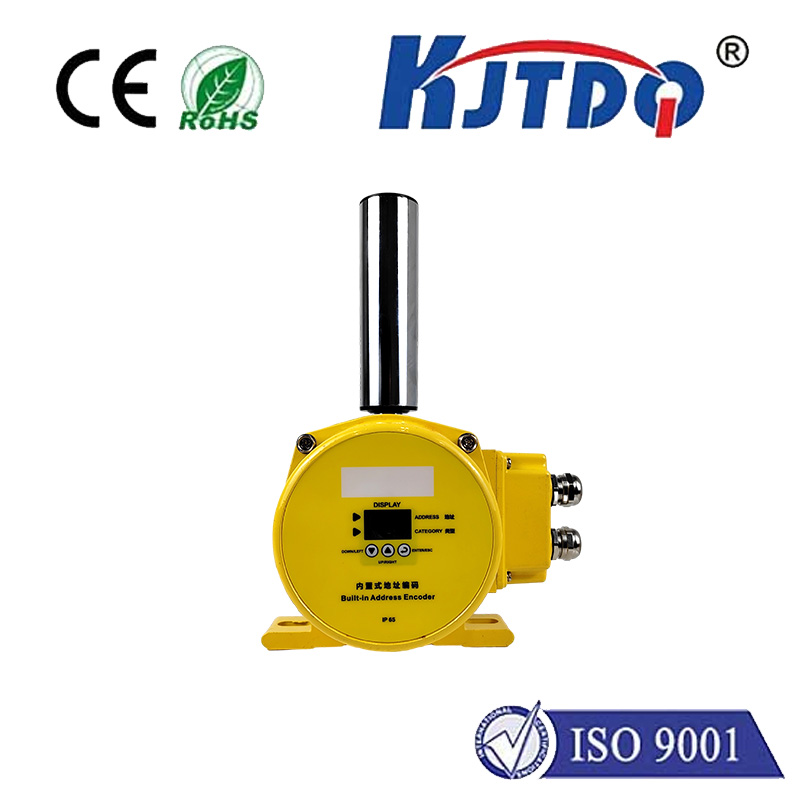

check

check

check

check
Doppler Speed Sensor: The Key to Accurate Weather Forecasting
In the world of meteorology, accurate weather prediction is crucial for public safety, agriculture, and infrastructure. At the heart of modern weather monitoring systems lies the Doppler speed sensor, a device that plays a pivotal role in measuring wind speed and direction with remarkable precision. This sensor is not only a technological marvel but also a vital tool for understanding atmospheric dynamics.
The Doppler effect, first described by Christian Doppler in the 19th century, is the basis of how Doppler speed sensors work. When a wave passes through a medium, such as air, the frequency of the wave changes depending on the motion of the source or observer. In the context of weather monitoring, this principle is applied to detect wind movement by measuring the frequency shift of radar signals. The sensor emits a microwave signal, and as it reflects off moving air particles, the frequency changes in response to the wind’s speed and direction.

This technology is widely used in radar systems to provide detailed wind speed and direction data. By analyzing the Doppler shift, meteorologists can determine the speed and direction of wind at various altitudes and locations. This information is critical for predicting severe weather events such as thunderstorms, tornadoes, and hurricanes.
One of the most significant advantages of Doppler speed sensors is their ability to provide real-time data. Unlike traditional weather instruments that may require manual observation or periodic measurements, Doppler sensors continuously monitor changes in the atmosphere. This allows for early warnings and more accurate forecasts, which are essential for disaster preparedness and response.
The integration of Doppler speed sensors into modern weather systems has revolutionized the field of meteorology. These sensors are often paired with other technologies such as radar and satellite imagery to create a comprehensive picture of atmospheric conditions. This multi-sensor approach ensures that meteorologists have a more complete understanding of wind patterns and weather dynamics.
In addition to its role in weather forecasting, the Doppler speed sensor is also essential in air traffic control and agricultural monitoring. For example, in aviation, these sensors help in detecting wind shear, which can pose a significant risk to aircraft during takeoff and landing. In agriculture, they assist in monitoring wind patterns to optimize crop yields and manage irrigation systems.
As technology continues to advance, the future of Doppler speed sensors looks promising. Innovations in sensor design, data processing, and integration with artificial intelligence are enhancing the accuracy and efficiency of weather monitoring systems. These developments are paving the way for more reliable and responsive weather services.
In conclusion, the Doppler speed sensor is a vital component of modern weather monitoring. Its ability to measure wind speed and direction with precision makes it an indispensable tool for meteorologists and weather enthusiasts alike. As we continue to rely on advanced technology to understand our environment, the Doppler speed sensor remains at the forefront of innovation in the field of meteorology.
